Professional Finishing Techniques for Knitters
A course to help you create professional looking knitted items you will wear rather than stash in the cupboard!

This course is designed to help you get crystal clear on the various tips and techniques you can employ before, during and after you have knitted your sections of a pattern to create that perfect knit!
Included are ten modules covering tension, cast on and cast off techniques shaping, blocking, Mattress stitch for seaming, buttonholes, short rows, picking up stitches and setting in sleeves - ALL with useful hints and tips as well as 3 hours of video tuition and 30 pages of fully documented notes.
I am also adding a bonus module consisting of a video and notes on using kitchener stitch for grafting live stitches together.
I could go on ! I know the frustration of spending hours creating your garments only to find that the finished item does not come up to scratch....
Well my friend, I am going to let you in on a secret! You can create the beautiful finished look you want for any item by following my tried and tested methods.
If you're new to me... nice to meet you! My name is Carol Ibbetson, and I'm a leading pattern editor, designer and trainer in the knitting and crochet world.
I have had the honour of running courses for some of the top names in the industry, including yarn companies such as Rowan. I also teach in yarn shops and you may also have seen me on Yarn Lane TV.
Seams are bulky or uneven
Picked up stitches at the neckline or front borders pull in or flare out
Cast-on or cast-off edges are too tight
Size is not as expected
Shaped sections, such as armholes, do not have a neat edge
Do any of these sound familiar to you ? .......................
Do you ever get frustrated that your finished knitted garments don't look as good as you expected when you were knitting them?
THIS WORKSHOP CAN BE TAKEN AT ANY TIME
and
YOU CAN WORK AT YOUR OWN PACE
If you are a member of the Cool Wool Community you can get a discount on this techniques workshop or would like to join the Community please click here to join us!
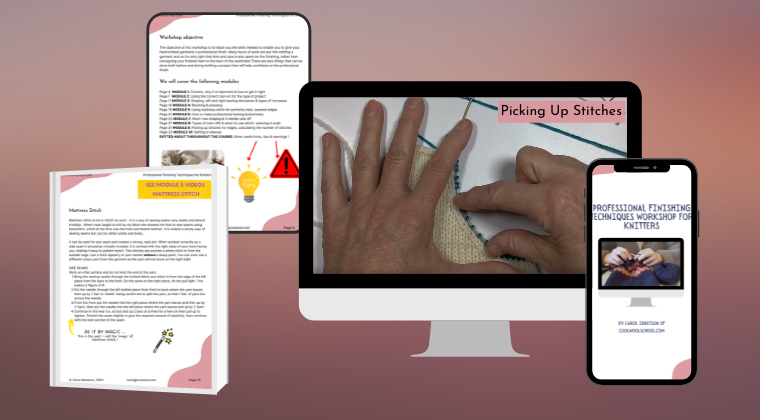

If you're new to me... nice to meet you! My name is Carol Ibbetson, and I'm a leading pattern editor, designer and trainer in the knitting and crochet world.
I have had the honour of running courses for some of the top names in the industry, including yarn companies such as Rowan. I also teach in yarn shops and you may also have seen me on Yarn Lane TV.
TESTIMONIALS: Workshops
Ella Fentiman: Excellent day!
Janet Humphreys: Very patient and helpful tutor - enjoyable workshop
Fiona Macleod: Thank you for being so patient. I worry I am a bit annoying and ask too many questions!
Alison Jones-Tyler: The workshop exceeded my expectations because I learned many additional skills.
Claire Domone: Thank you for an excellent workshop with varied content. More covered than I expected !!!
Clara Domone: Really enjoyed today - well paced, all questions answered.
Beverley Crabb: A very good day, Carol is an extremely good tutor.
Kerry Rindon: Carol was so patient and encouraging. Thank you!
Inam Steele: Good fun and learned a lot.
Eileen Trusler: Very good, Carol is lovely.
You get access to a course portal where there are videos, notes, and practical exercises to help you understand everything covered in the course.
You can ask questions in each module via Discussion Threads - which both myself and other students can comment on. This is a great way to ask questions, get feedback and means you are never alone on your journey.
The course content will be available to you for the life of the course and includes access to all videos and downloadable materials.
How do I access the materials?
You get access to a course portal where there are videos, notes, and practical exercises to help you understand everything covered in the workshop. The content will be available to you for the life of the workshop and includes access to all videos and downloadable materials.
You can ask questions in each module via Discussion Threads - which both myself and other students can comment on. This is a great way to ask questions, get feedback and means you are never alone on your journey.
What Do You Cover?
Here’s a sneak peek at each module...
Tension (also called gauge) is the number of stitches and rows which make up a particular width or length in your knitted sample.
I will show you how to measure it and why it is important to do so. You can then measure your own tension square as part of the first exercise.
Module 1. Tension
Module 2. Casting on
There are many different ways to cast on and the key is an even tension that allows you to work the first row with ease.
We will look at different types such as cable, thumb, provisional and tubular and where to use each. Lots of hints and tips and practical exercises along the way in this module.
Module 3. Shaping
To shape a knitted piece, you must learn how to increase and decrease stitches. There are different ways of doing this and most knitters have their own preferences.
It is important to know how the stitches will lie with different methods.
Plenty of chances to try out out many variations in this module.
Module 4. Blocking
This is the careful pinning out and dampening of separate pieces of knitting before sewing up to ensure they are the correct shape and measurements. This should always be done before joining seams as it helps create a neat edge to stitch together.
I will show you two methods of blocking.
Module 5. Mattress stitch for seaming


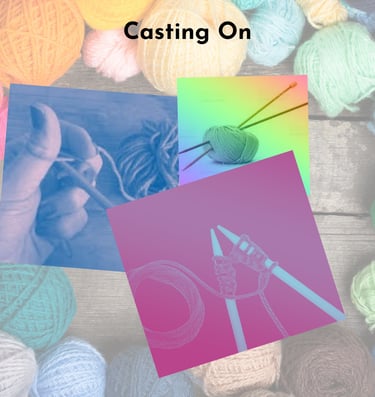

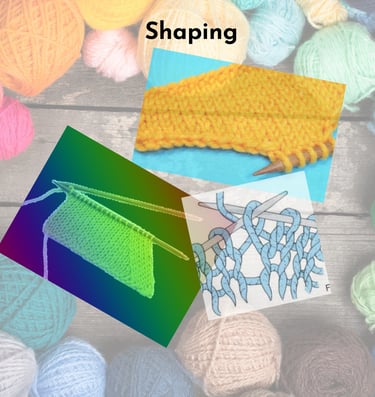

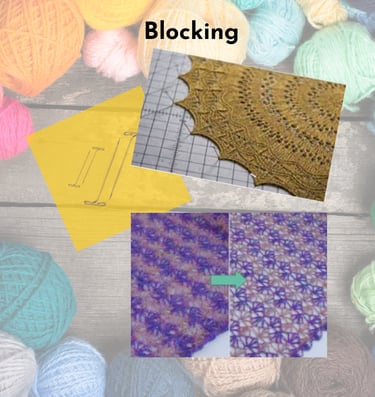

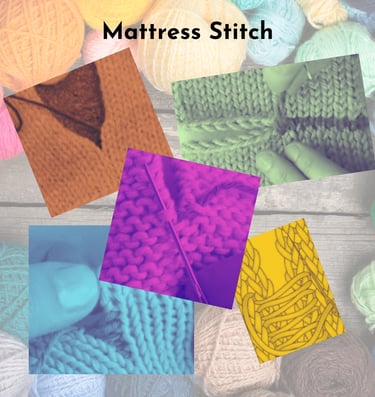

A course to help knitter's achieve their goal of creating perfect hand-knits
We will look at the wonderful world of 'mattress' stitch for joining sections together, which can be used for ANY seam - not just straight side seams - and creates a strong, neat join.
When worked correctly up a side seam it should be virtually invisible.
You get to try out this magical technique and see how versatile it is.
Most knitted pieces have an edging or border of some kind to neaten the edge and prevent the fabric from curling. These tend to be worked by picking up stitches, which needs to be done evenly, particularly around necklines, as this tends to be the focal point of a garment.
We will look at ways of working out how to change the number picked up if it is not working for you as written. Practical exercises are included to re-enforce your learning.
Module 9. Picking up stitches
Module 10. Setting in Sleeves
This is an area where folks can be lacking in confidence and are concerned about joining the seams.
I will walk you through different sleeve shapes such as drop shoulder, set-in sleeve and raglan, and the best way to deal with each one.
Mattress stitch can be used for joining sleeve seams with a bit of preparation and thought!
Module 6. Buttonholes
There are many different types of buttonholes: horizontal, vertical, eyelet and button loops. The simplest type of buttonhole is by the use of a yarn over with a corresponding decrease such as a knit 2 together to keep the stitch count correct.
We will practice 3 types to see which you prefer, and I have some handy tips for you.
Module 7. Short Rows
This is a term used to describe a process of shaping within the knitted piece without casting off stitches until all the shaping is complete.
Short rows are often used to shape collars, and they are an effective way of shaping shoulders on fitted garments.
I will show you two types and I'll let you in on which is my favourite!
Module 8. Casting off

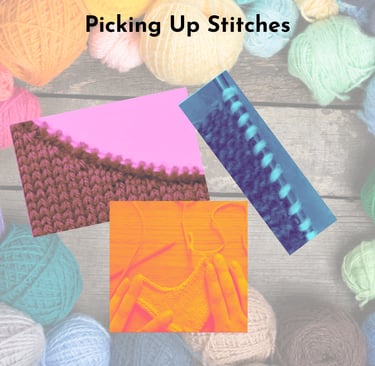
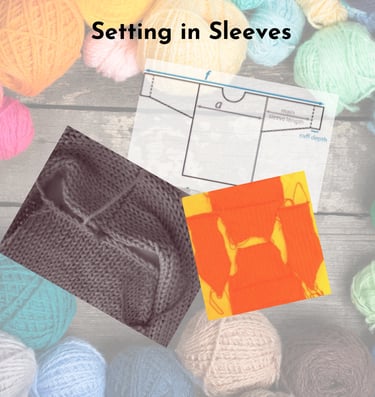

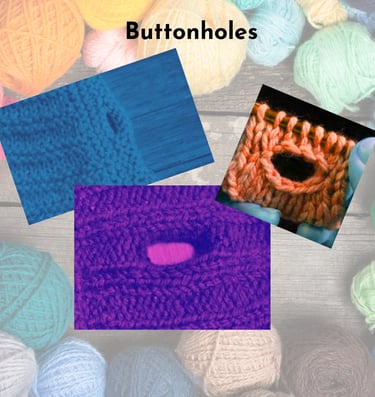

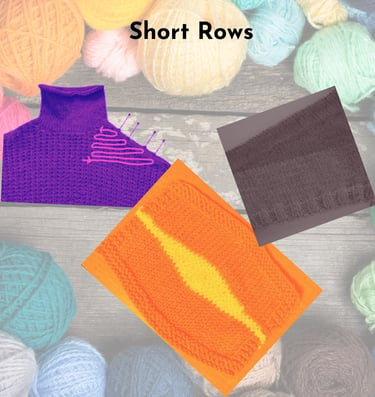

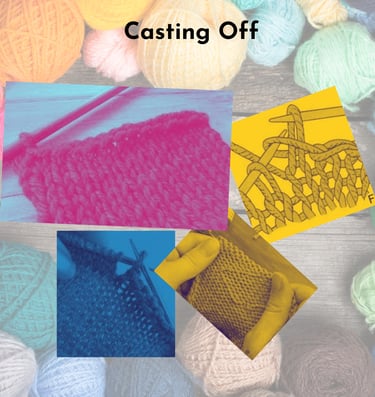

Just as there are many different ways to cast on, the same is true for casting (or binding) off. The key point is that the cast-off edge should be elastic but firm.
We will look at a whole host of hints & tips in this module. I will also show you how to work a 3 needle cast off, and how to weave in ends.
Lots of practical exercises for you to help your understanding.
Plus additional bonuses, including…
Bonus #1 Kitchener Stitch tutorial
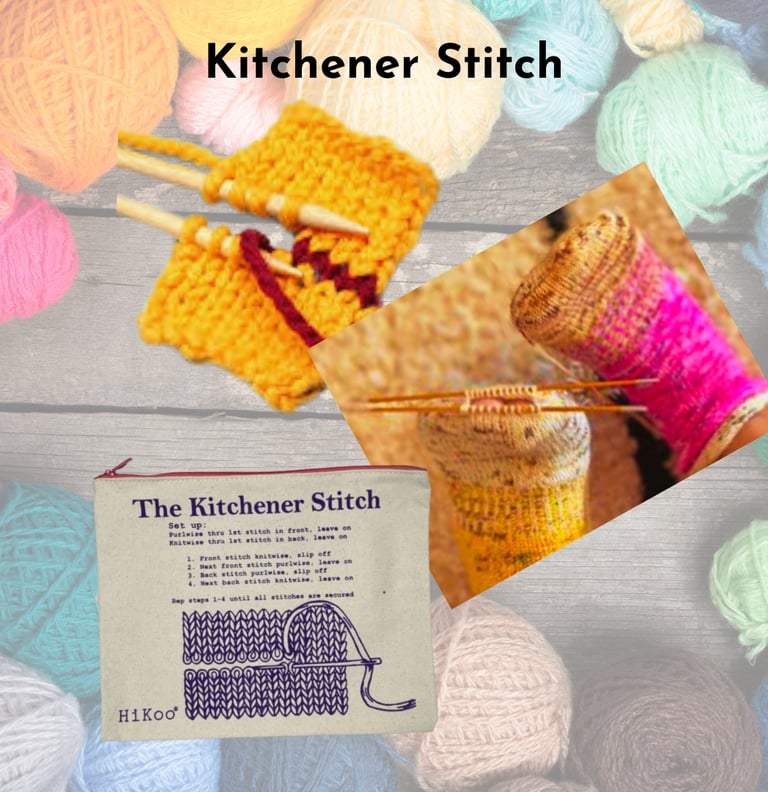

Those sock knitters amongst you may well either love or hate Kitchener stitch, which is a method of grafting two sets of live stitches together seamlessly. I have added in notes and a video on Kitchener as a bonus module for you.
Bonus #2 Lifetime Access to Workshop


Each of our training sessions will be uploaded to your course portal, and you can revisit them whenever you want during the lifetime of the workshop, meaning that you have an invaluable resource to use as you work on your knits. Don't forget that you can also ask questions in every module.
Bonus #3 Discussion Threads
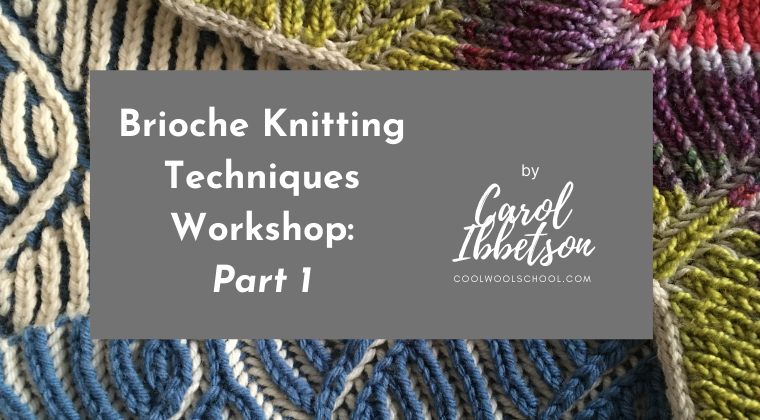

I will be on hand while you work your way through the modules and you can ask questions throughout - and I will answer every question. This also gives you an opportunity to discuss questions with like-minded people.
